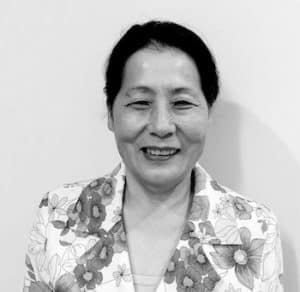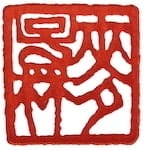We pride ourselves on being connected to an ancient medicine, to a way of thinking, working and treating that ties us back to the luminaries of our field. But medicine is always influenced by the times. And the influences that brought Chinese medicine to the west, and the ways we learned it shape our thought and practice.
In this conversation we discuss the difference between 辨證理論 bian zheng li lun, pattern differentiation, and 陰陽五行 yin yang wu xing, the transformation of yin and yang through the five phases. And take a look at how 醫 yi, medicine differs from what’s commonly called TCM.
In This Conversation We Discuss:
- What started as an interest in literature lead to exploring pre-modern medicine
- Yin and Yang is about tracking changes
- The links between Yin, Yang and the Five Phases
- Modern Chinese medicine talks about patterns, but it does not talk about the dynamics of change
- Case Study: delayed delivery
- The transformations of Yin and Yang happen through the cycle of the Five Phases
- Case Study: urinary infection
- The Yi Jing, the Book of Changes, is the operating manual for Chinese medicine
- Questions about the Six Jing
- Discussing the Sm Intestine
Yang qi is the heat and force of life. When yang qi is lost the warmth and strength of life disappear and what is left is the inanimate yin body. Therefore cooling herbs or emptying yang qi techniques in acupuncture can only be used for short periods, or else accompanied by warming herbs /strengthening yang qi needling techniques.
 Rhonda Chang, L.Ac
Rhonda Chang, L.Ac
Links and Resources
You can find Rhonda’s books on Amazon
Yin Yang Wu Xing, Spirit, Body and Healing
Chinese Medicine Masquerading as Yi: A Case of Chinese Self-Colonisation
Visit Rhonda’s website at www.rhondachang.com to stay informed on her teaching and other books.
Join the discussion!
Leave a comment on Qiological’s Facebook page.
